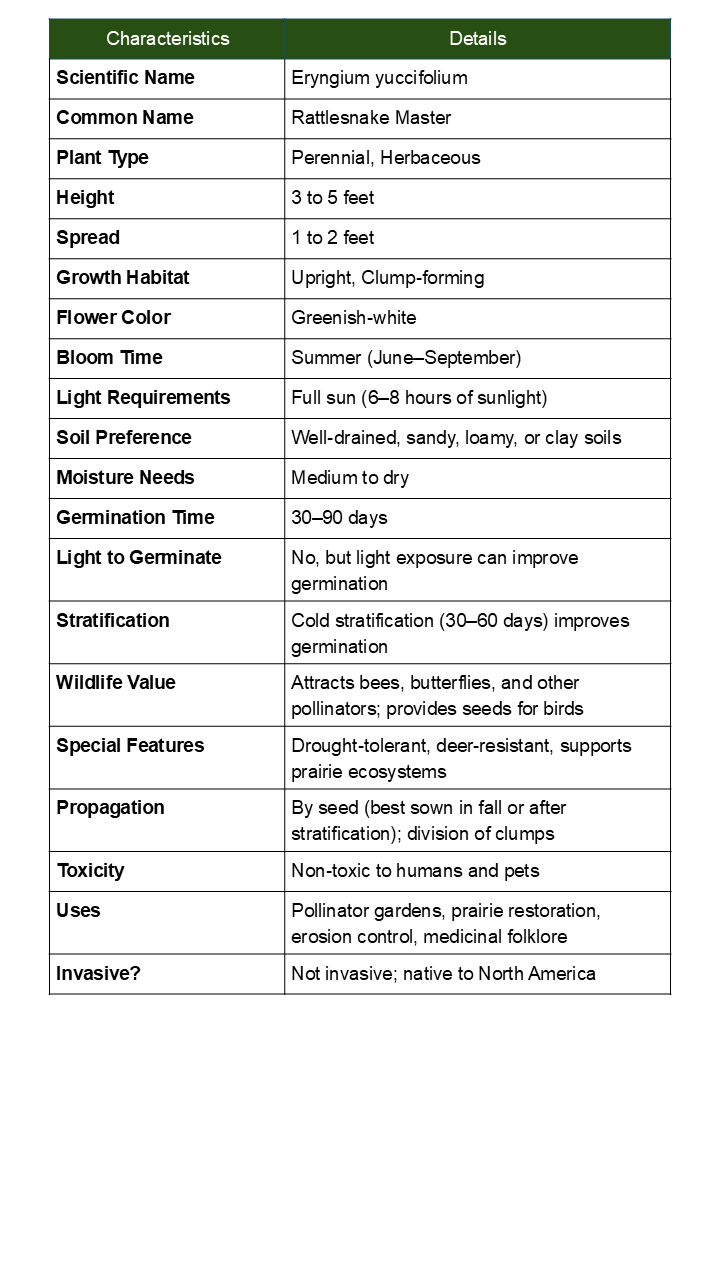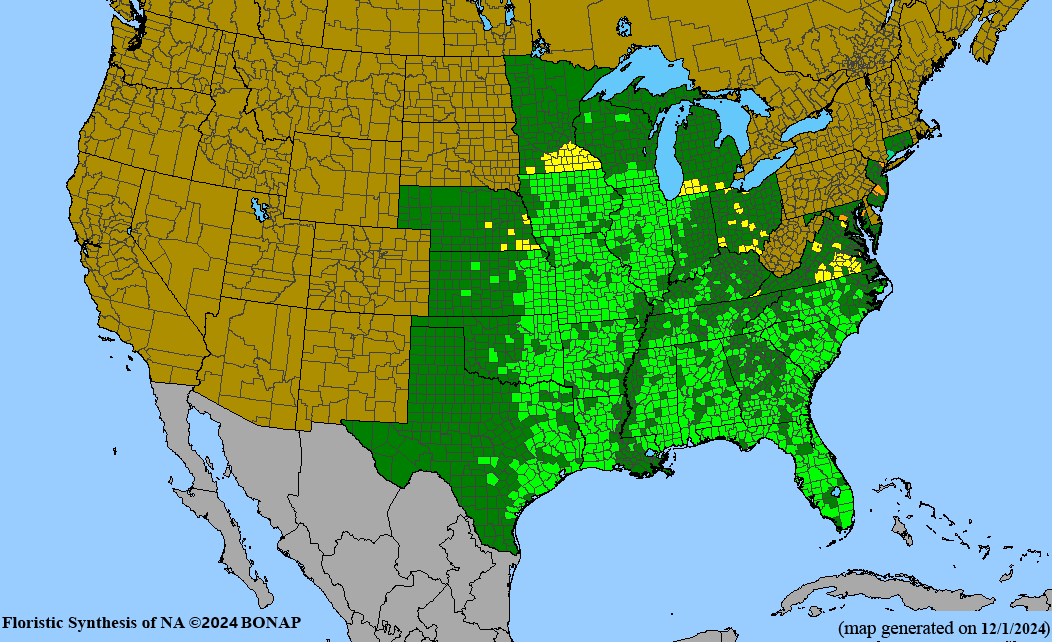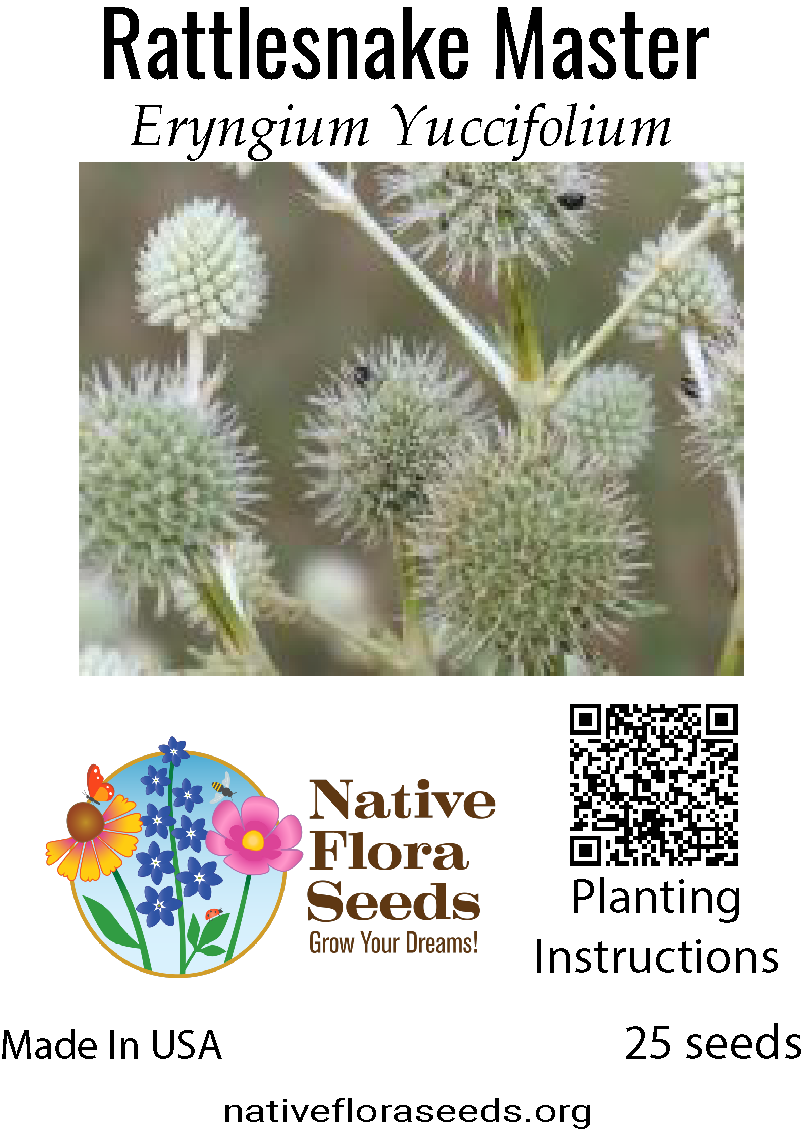Rattlesnake Master Seeds - Native Wildflower (Eryngium yuccifolium) for Prairie Gardens
⚡ Experience the Dramatic Beauty of Rattlesnake Master
Discover the striking presence of Eryngium yuccifolium, one of the most distinctive native wildflowers of the Great Plains. This remarkable perennial produces unique spherical clusters of greenish-white flowers surrounded by spiny, silvery bracts that create an almost otherworldly appearance. Despite its intimidating name, this architectural beauty brings both dramatic visual impact and exceptional wildlife value to your garden.
✨ Key Features:
- Height: 3-6 feet tall with bold, architectural presence
- Bloom Time: July through September (midsummer to fall)
- Flower Color: Unique spherical greenish-white clusters with spiny silver bracts
- Native Range: Central and Eastern North America
- Hardiness: USDA Zones 3-9
- Sun Requirements: Full sun
🦋 Outstanding Wildlife Benefits:
- Attracts over 40 species of native bees, butterflies, and beneficial insects
- Essential nectar source for specialized pollinators including sweat bees
- Seeds provide food for goldfinches and other songbirds
- Deer resistant due to spiny texture and natural compounds
- Long-lasting blooms support pollinators through late season
🌱 Easy Growing Guide:
- Soil: Well-drained soils, excellent for poor and sandy conditions
- Drought Tolerance: Exceptional once established with deep taproot
- Maintenance: Extremely low maintenance, long-lived perennial
- Germination: Cold stratification recommended for 60-90 days
- Spacing: Plant 18-24 inches apart for dramatic displays
🏛️ Historical Significance:
Native Americans traditionally used Rattlesnake Master medicinally, believing it could treat snakebites - hence the dramatic common name.
Create stunning architectural displays while supporting native ecosystems. This dramatic prairie native brings both bold visual impact and essential ecological value to sustainable landscapes.
FREE SHIPPING WITHIN USA



